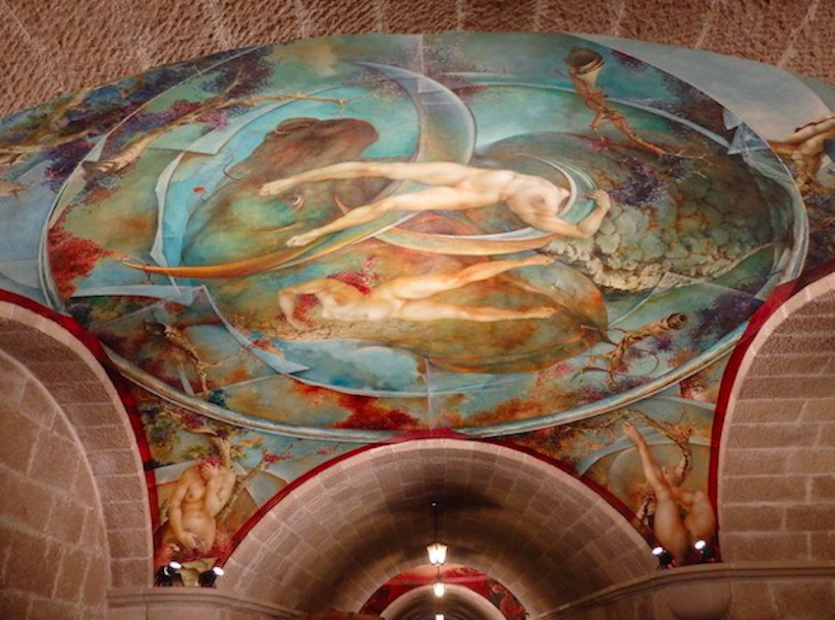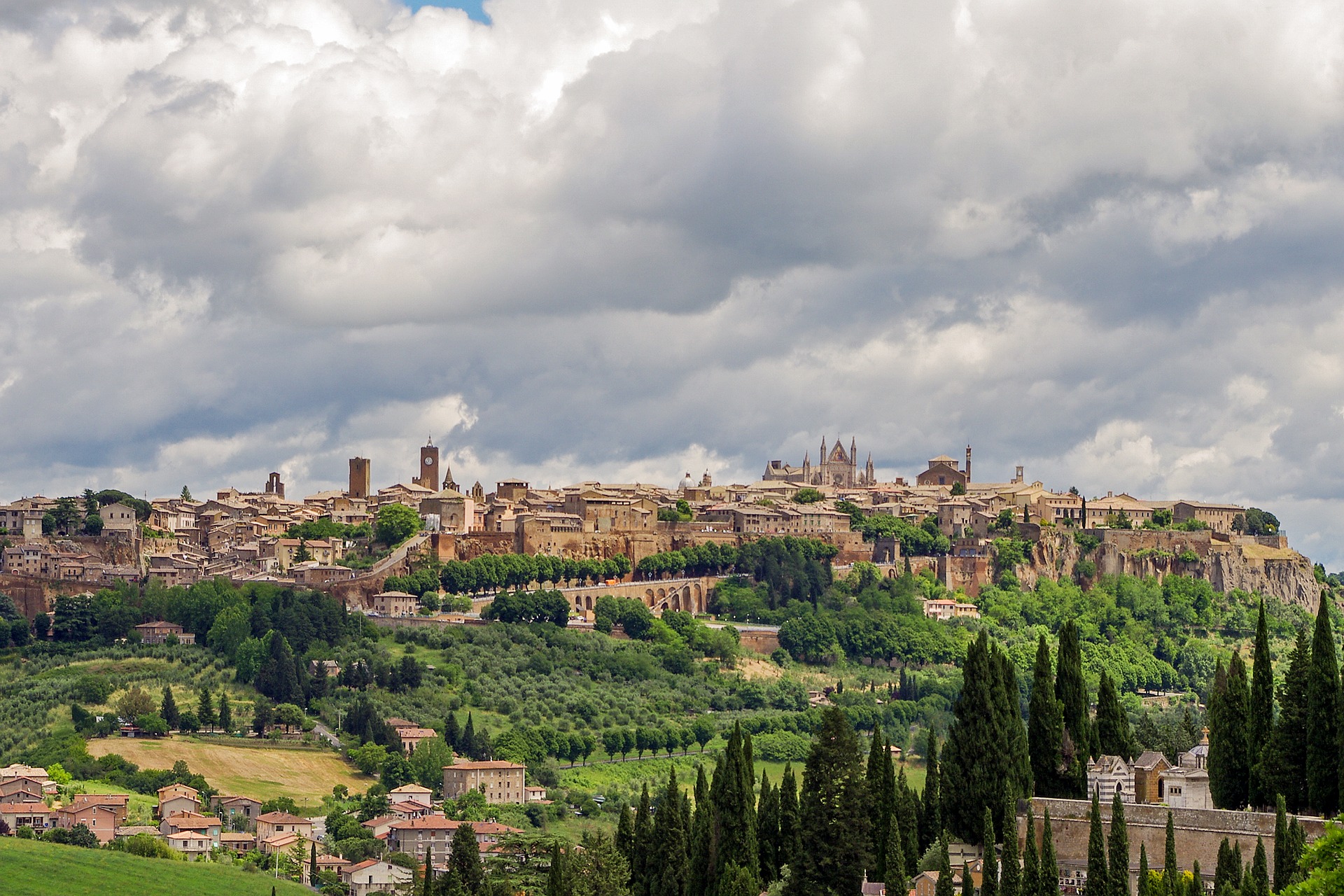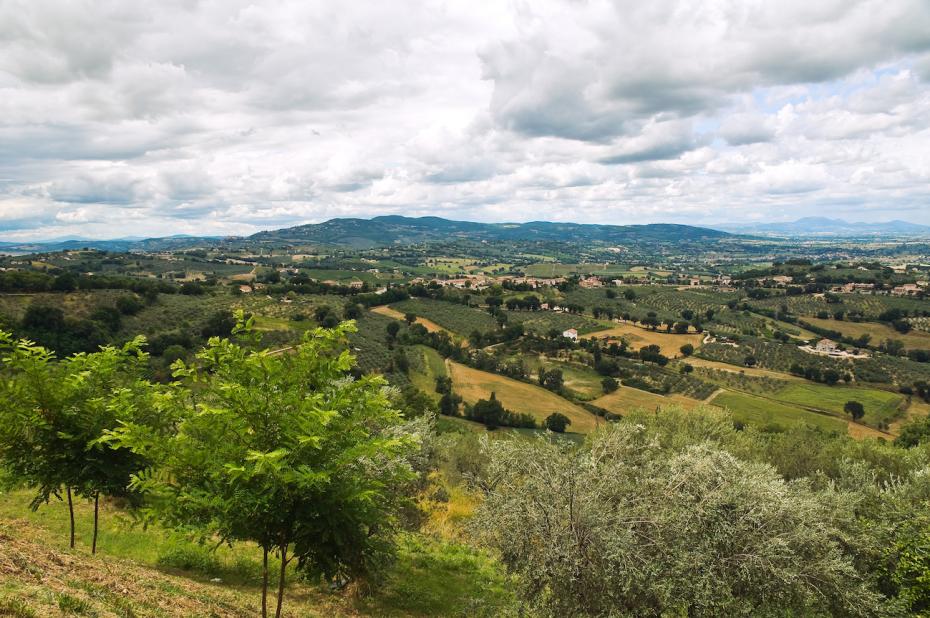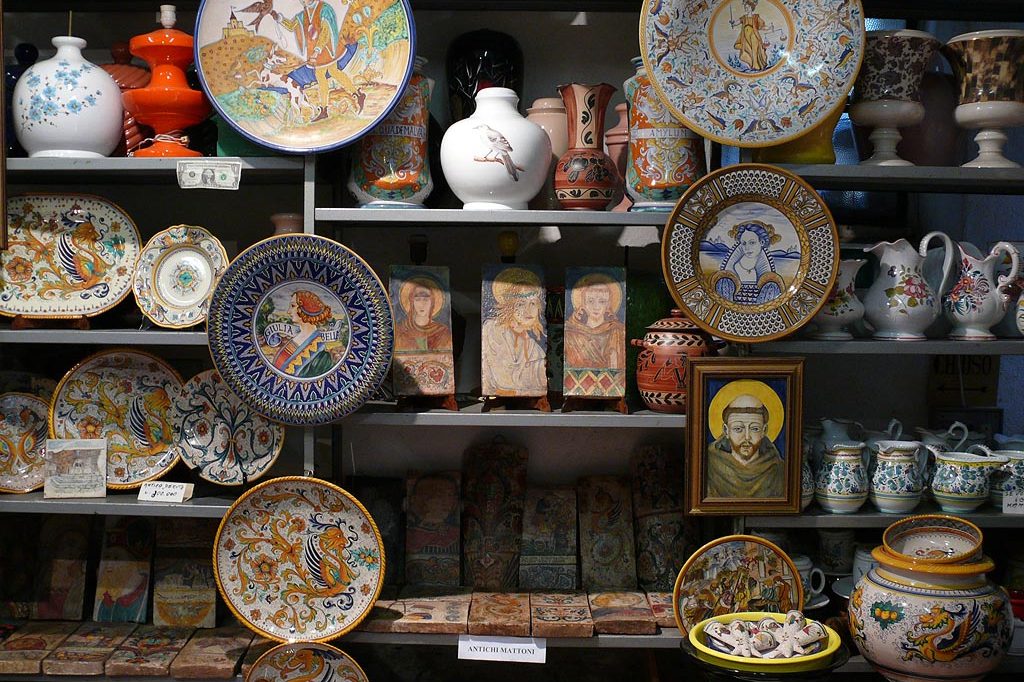In 1996, Mastroberardino Vineyards in Campania was appointed by the archaeological superintendent of Pompeii to conduct extensive research in an on-site laboratory. The goal was to discover the original grape varietals and wine making techniques used in ancient Pompeii and explore their potential today.
Excavations, botanical studies, and the discovery of casts of vine roots and their support stakes confirm just where and how the vines were grown. The writings of ancient Roman historian Pliny the Younger (whose uncle Pliny the Elder also witnessed the destruction of Pompeii but died trying to help the wounded) have been examined along with wall frescoes among the ruins to identify the specific varietals. The gardens and orchards grown within the villas show evidence of vine cultivation as well as around the amphitheater on the outskirts of town.
The project of recovering the ancient techniques of vine growing and to reintroduce them to Pompeii has proven successful. Vines from the ancient Piedirosso, Sciascinoso, and Aglianico (a recent addition) grapes have been planted in the same areas cultivated with the vineyards of antiquity. These vines are grown on Mt. Vesuvius and adapted best to the soil in Pompeii.
The first highly anticipated vintage of 2001, named Villa dei Misteri, produced just 1,721 bottles which were all sold at auction in Rome. All the proceeds went back into the Pompeii Project. Today, the total vineyard area in Pompeii has grown to 1.5 acres and is divided into fifteen plots.






























